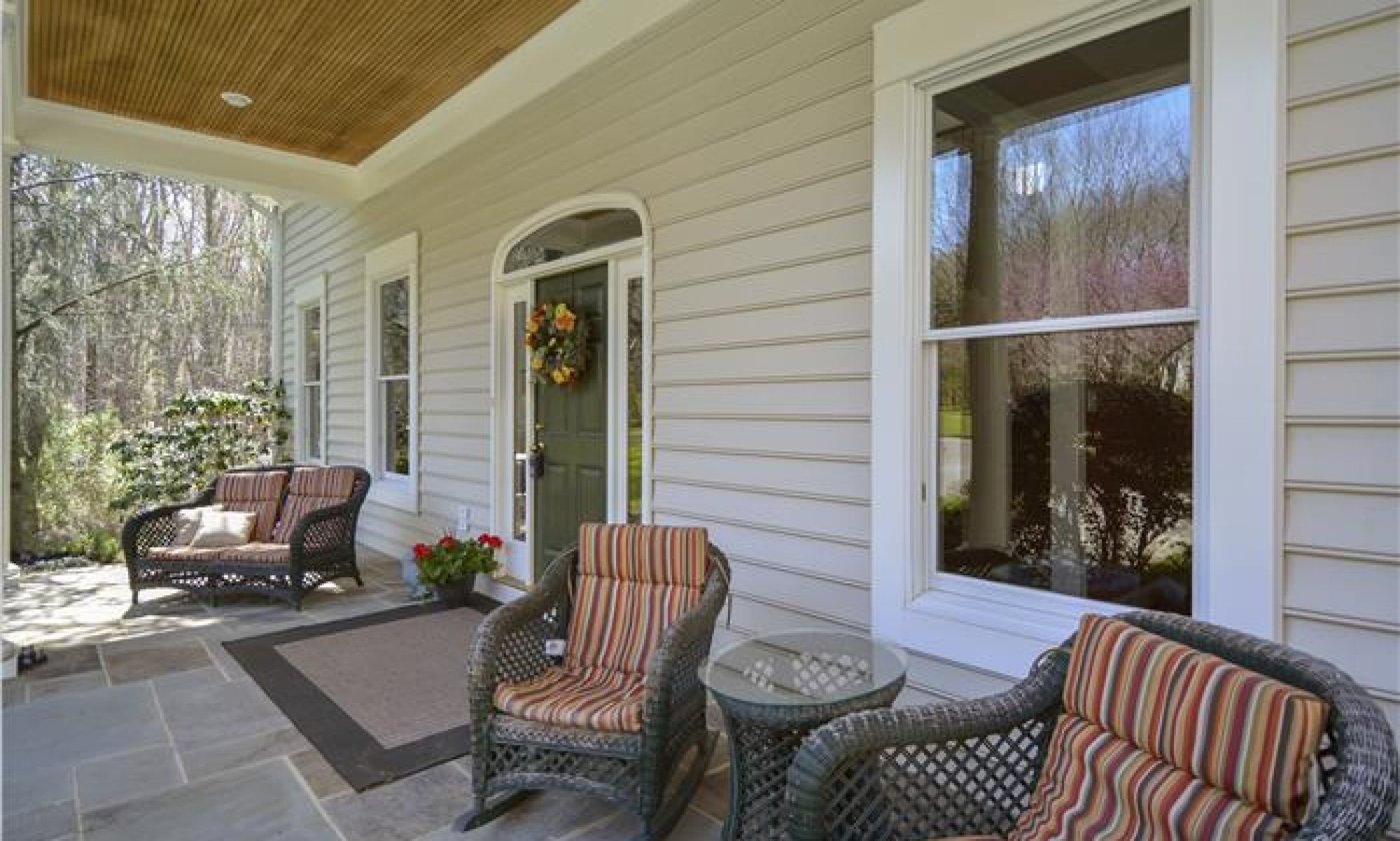
According to the National Association of Realtors 2017 Investment and Vacation Home Buyers Survey (nar.realtor), last year’s vacation home purchases plunged 21.6 percent! Last year’s decline in vacation homes sales comes at the heels of a huge drop in 2015, and has tumbled about 36 percent since the post-recession high marked in 2014. Are the statistics telling us it’s a good time to buy that vacation home you have been thinking about? Or is it that Americans are rethinking their view about vacations and retirement?
Of course, Lawrence Yun, NAR chief economist, feels that the decline is due a very tight vacation homes market that may likely make a comeback in the ensuing years. In an April 11th NAR press release he stated that “In several markets in the South and West – the two most popular destinations for vacation buyers – home prices have soared in recent years because substantial buyer demand from strong job growth continues to outstrip the supply of homes for sale. With fewer bargain-priced properties to choose from and a growing number of traditional buyers, finding a home for vacation purposes became more difficult and less affordable last year.” He added, “The volatility seen in the financial markets in late 2015 through the early part of last year also put a dent in sales as some affluent households with money in stocks likely refrained from buying or delayed plans until after the [2016] election.”
However, another explanation given by the NAR is short term rentals, including airbnb. Short term rentals allow people to visit vacation and resort towns without committing to buy a home.
To give perspective about the tight vacation homes market, NAR stated that vacation home sales were only 12 percent of all transactions in 2016, a decrease from 16 percent in 2015 (and close to the recent low of 11 percent in 2012). Additionally, low vacation home inventory pushed sale prices higher. The 2016 median vacation home price increased 4.2 percent, which is a decade high of vacation home price growth.
A lack of inventory and rising home prices are sure to put a damper on the vacation homes market. But the slump could be a manifestation of something else.
Bloggers and columnists have reported a shift in the younger generation’s home buying habits for about a decade. The trend seems to be a rejection of the accepted industry standard home buying cycle set by older generations. For decades, the Baby-Boom generation has set the bar for home sales. Their views on home ownership and vacation homes have guided the experts. However, millennials have a different perspective, having a more conservative take on home buying and exhibiting a strong sense of value.
The NAR’s 2017 Investment and Vacation Home Buyers Survey pointed out that that the top two reasons to purchase a vacation home are for a family retreat and for retirement. However, just like the trend in home buying, millennials are redefining their retirement and vacation needs.
Expecting to work longer, Millennials’ idea of retirement is not perceived the same as the Baby-Boomer’s vision of retirement. Staying relevant and engaged is now more important than leisure.
Having a regular spot for the family to congregate and vacation is no longer highly desired. Millennials want the option to travel rather than visiting the same vacation spot every year. Millennials are also savers. They may view vacation homes as exorbitant and expensive. Even though the vacation is only a small portion of the year, there are regular expenses that may include a mortgage, property taxes, HOA fees, and maintenance.
Original published at https://dankrell.com/blog/2017/07/23/vacation-homes-declining/
Copyright© Dan Krell
Google+
If you like this post, do not copy; instead please:
link to the article,
like it at facebook
or re-tweet.
Disclaimer. This article is not intended to provide nor should it be relied upon for legal and financial advice. Readers should not rely solely on the information contained herein, as it does not purport to be comprehensive or render specific advice. Readers should consult with an attorney regarding local real estate laws and customs as they vary by state and jurisdiction. Using this article without permission is a violation of copyright laws.






